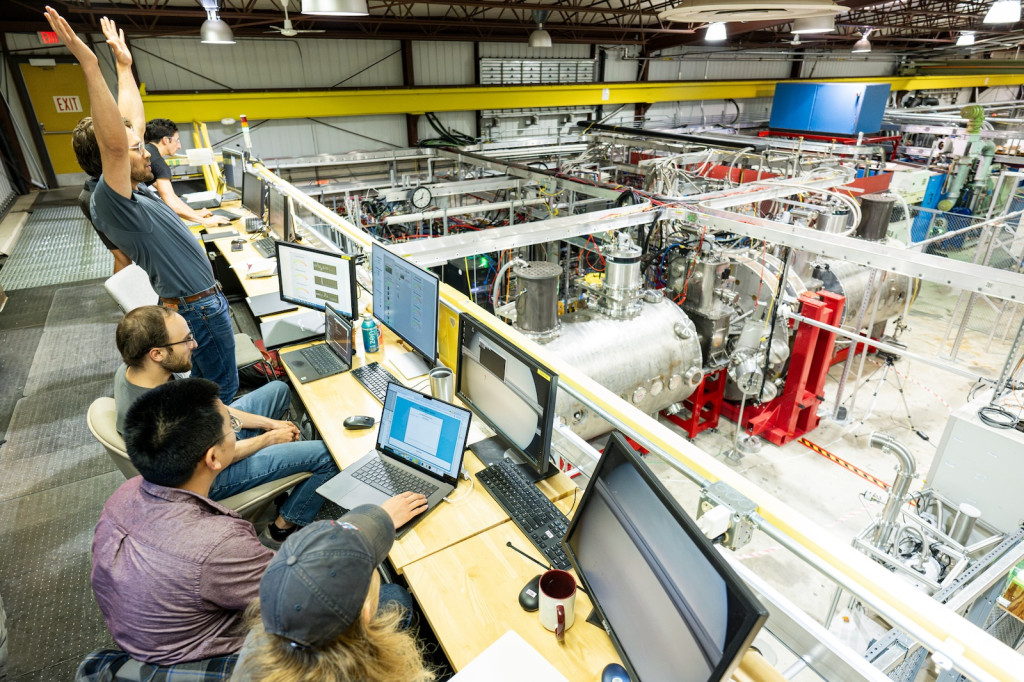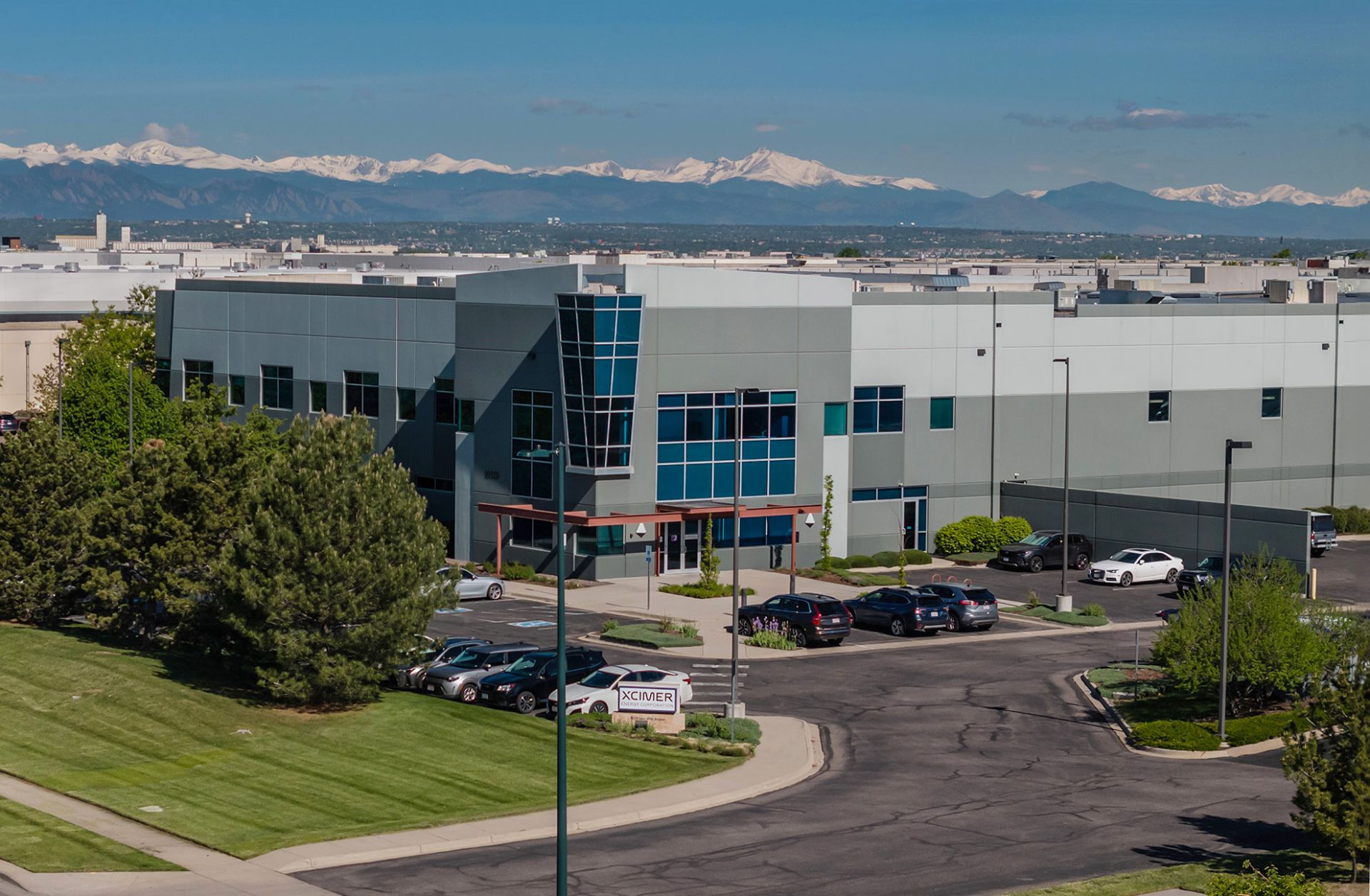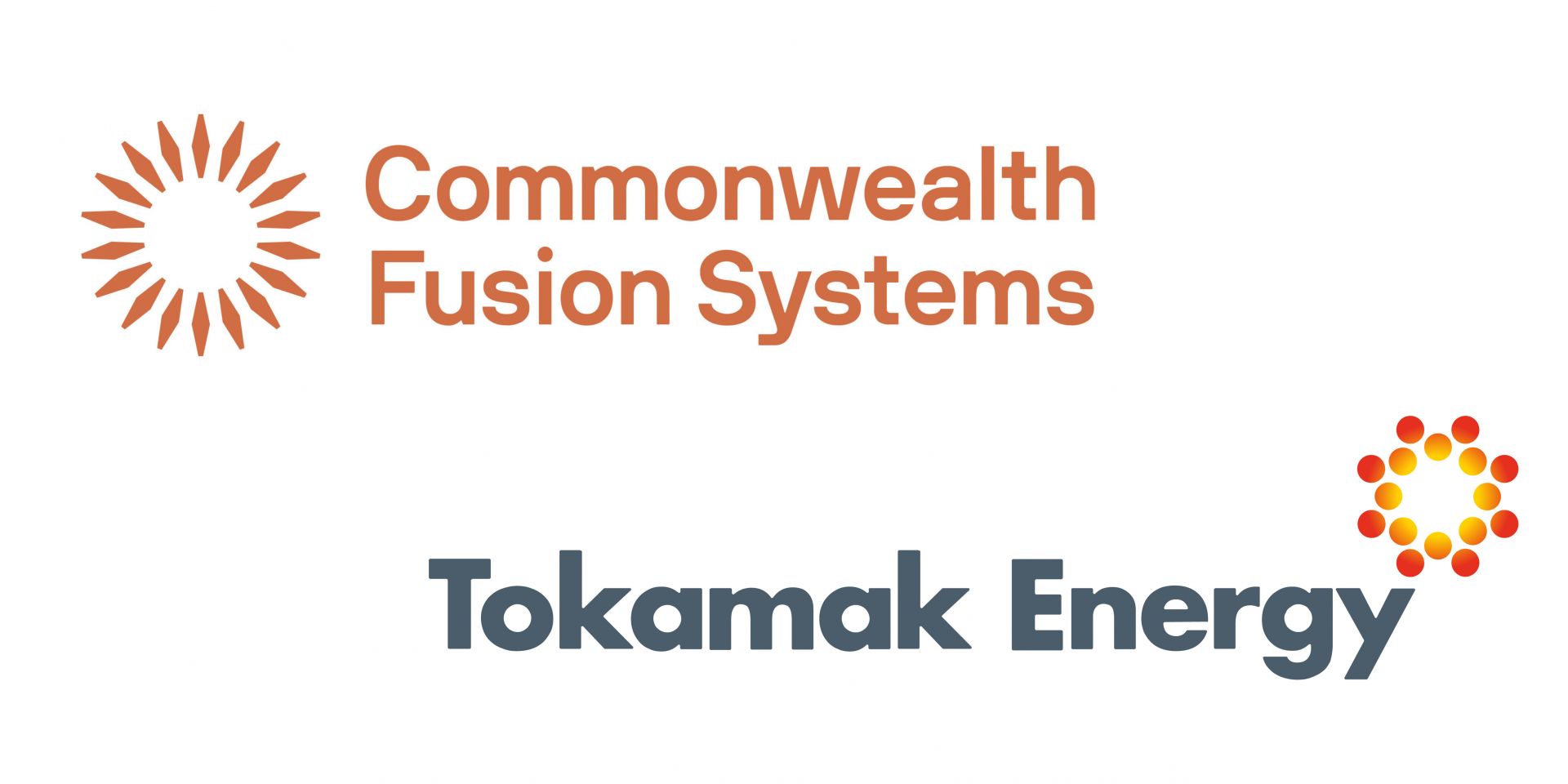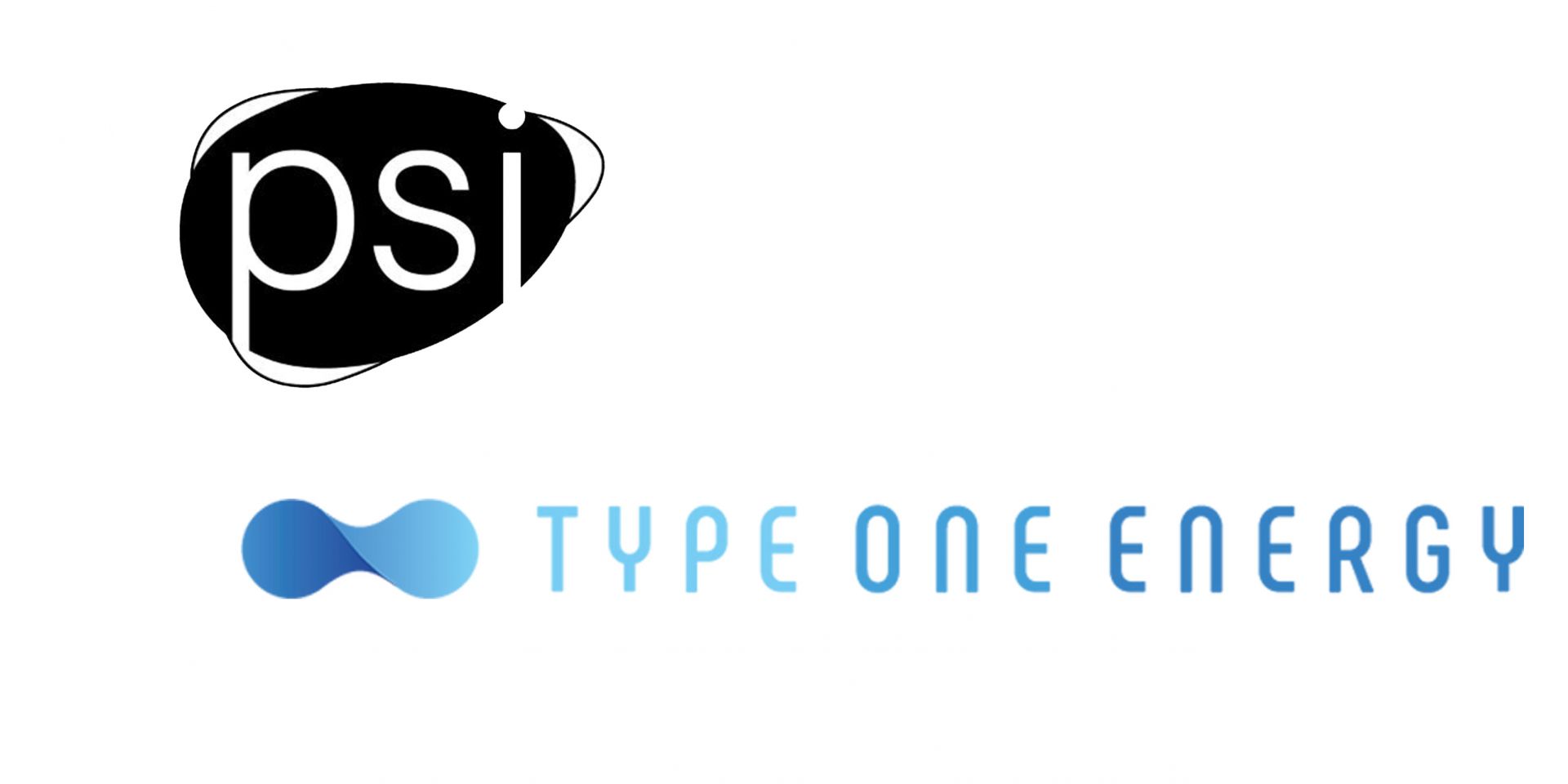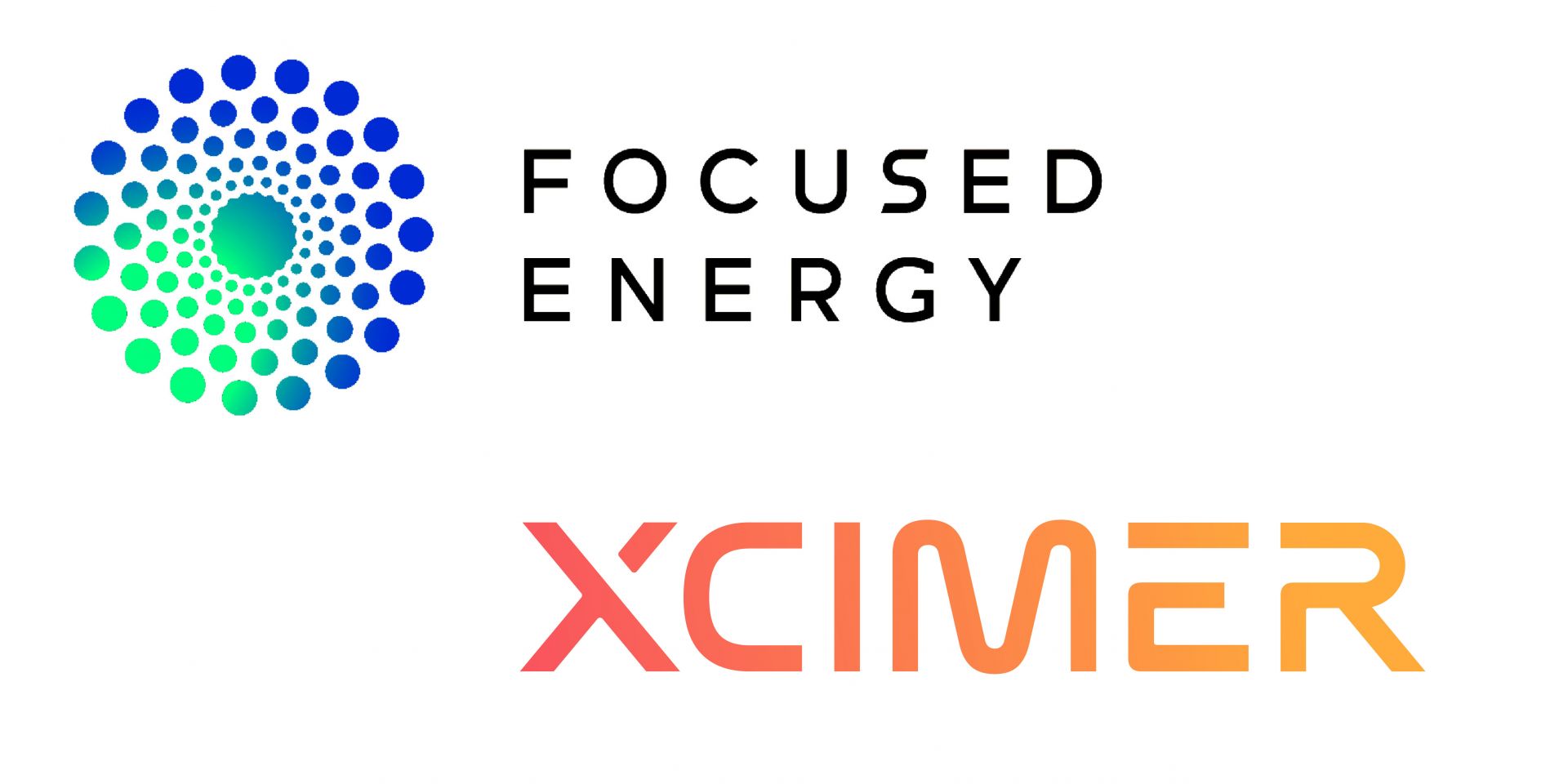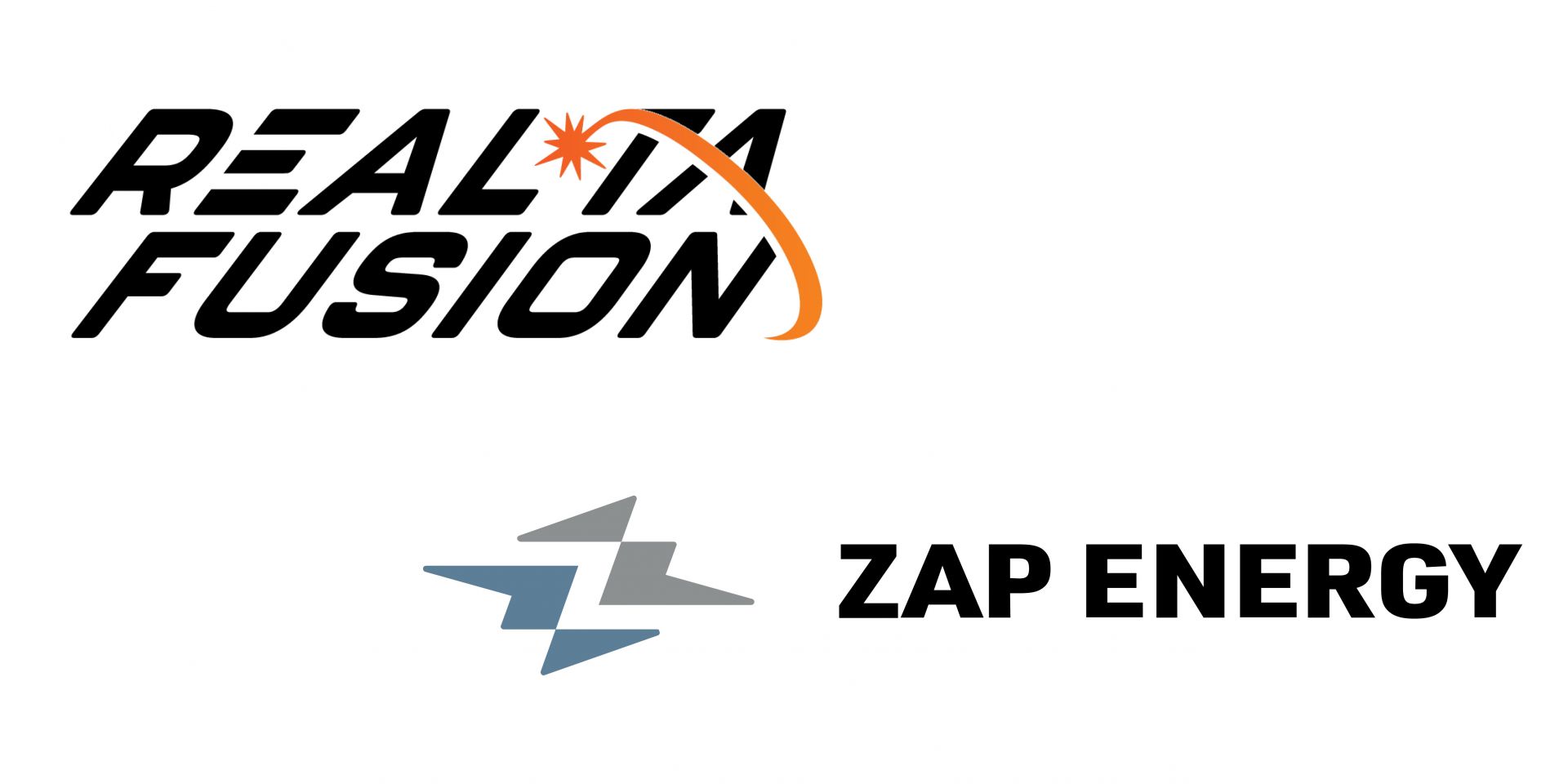Elliot Claveau, honorary fellow in the UW–Madison Department of Physics and experimental scientist at Realta Fusion, raises his arms in celebration of achieving a plasma in WHAM at the Wisconsin Plasma Physics Laboratory. The device is seen on the floor of the lab. (Photo: Bryce Richter/UW–Madison)
The magnetic mirror fusion concept dates to the early 1950s, but decades ago it was sidelined by technical difficulties and researchers turned to tokamak fusion in their quest for confinement. Now it’s getting another look—with significantly more powerful technology—through WHAM, the Wisconsin HTS Axisymmetric Mirror, an experiment in partnership between startup Realta Fusion and the University of Wisconsin–Madison.
Xcimer Energy’s headquarters in Denver, Colo. (Photo: Xcimer Energy)
Xcimer Energy announced June 4 that it has raised $100 million in Series A financing for a new facility in Denver, Colo., that will host a prototype laser system with “the world’s largest nonlinear optical pulse compression system.” As a private fusion developer, Xcimer wants to “extend the proven science of inertial fusion to industrial scale” with the help of that laser system and “key technologies and innovations from multiple fields.”
A slide from the DOE-FES’s recent presentation to the Fusion Energy Sciences Advisory Committee. (Image: DOE)
The Office of Fusion Energy Sciences (FES) in the Department of Energy’s Office of Science introduced a new plan—"Building Bridges: A Vision for the Office of Fusion Energy Sciences”—during a Fusion Energy Sciences Advisory Committee (FESAC) hearing on December 13, and announced that news December 14. What’s included? A plan for the DOE to “establish the steps needed to help advance fusion energy, including addressing key science and technology gaps in the supply chain and industry.” The vision is less a guiding document than a preview of DOE-FES’s near-term intentions, which include drafting a fusion science and technology road map in 2024 to shape investments for the coming decade.
